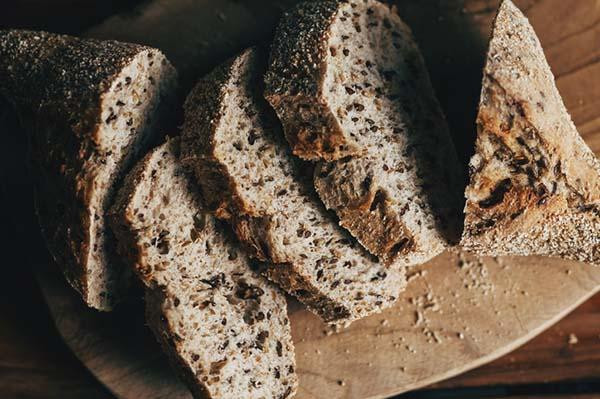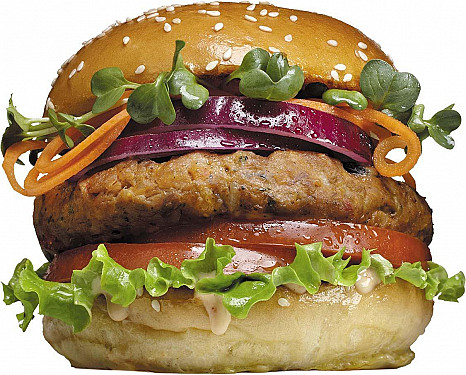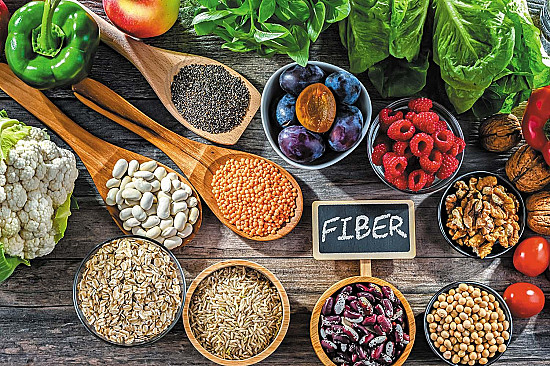In search of healthy whole grains: How to read a whole grain nutrition label

Adapted from A Guide to Healthy Eating , Medical Editor: Teresa Fung, MS, RD, ScD, Adjunct Professor, Harvard T.H. Chan School of Public Health; Professor of Nutrition, Simmons University.
Whole grains are a key part of a healthy diet and offer powerful benefits for long-term health. Yet they’re often misunderstood or overlooked in favor of more processed foods. Here are some tips for making smarter choices when shopping or preparing meals.
What is a whole grain?
Whole grains refer to the entire grain kernel, including the bran, germ, and endosperm. When grains are refined, most of the bran and germ are removed, leaving the endosperm (white flour). Since each component of the whole grain contributes different nutrients including vitamins, minerals, fiber, and other health-promoting compounds, whole grains offer a complete package of health benefits.
Studies show that whole grains decrease our risk for several chronic diseases including type 2 diabetes, heart disease, stroke, and death from any cause. Compared to enriched white flour, 100% whole wheat flour contains: 96% more vitamin E, 82% more vitamin B6, 80% more selenium, 78% more magnesium, 72% more chromium, 58% more copper, 52% more zinc, and 37% more folate.
Examples of whole grains
Hulled barley, bulgur, whole-grain couscous, oats, rye, spelt, triticale, and whole wheat are all whole grains. Gluten-free whole grains include amaranth, brown rice, buckwheat, corn, millet, quinoa, teff, and wild rice.
It’s easy to tell that you’re eating healthy whole grainswhen you serve cooked oats, barley, and brown rice, but it gets a bit more complicated when you’re selecting foods that contain whole grains such as breads, side dishes, and baked goods. Packaging may call attention to a product’s “whole grains,” even if the product contains very little whole grain.
There are a couple of ways to help solve this problem.
Tips for spotting whole grains in packaged foods
First, check the ingredients list and make sure that at least one whole grain — such as whole-wheat flour, oats, corn meal, or brown rice — appears first on the list, indicating that it has the largest volume by weight in the food.
Next, look at the grams of fiber on the Nutrition Facts panel. Most true whole-grain products should provide at least 3 grams of fiber per serving — but keep in mind that this may not always tell you the true picture. In some cases, isolated fibers such as inulin are added to foods to boost the fiber levels. And some high-fiber whole grains such as brown rice contain more modest amounts of fiber than other whole grains such as whole wheat or barley. Remember, all whole grains are good for you, so choose a variety every day.
Another way is to look for the Oldways Whole Grains Council logos, which identify foods that provide at least half a serving of whole grains. These seals (which look like gold-and-black postage stamps) can be found on hundreds of food products. But because it’s optional for manufacturers to use the stamp, not all whole-grain products will have this logo.
Disclaimer:
As a service to our readers, Harvard Health Publishing provides access to our library of archived content. Please note the date of last review or update on all articles.
No content on this site, regardless of date, should ever be used as a substitute for direct medical advice from your doctor or other qualified clinician.















